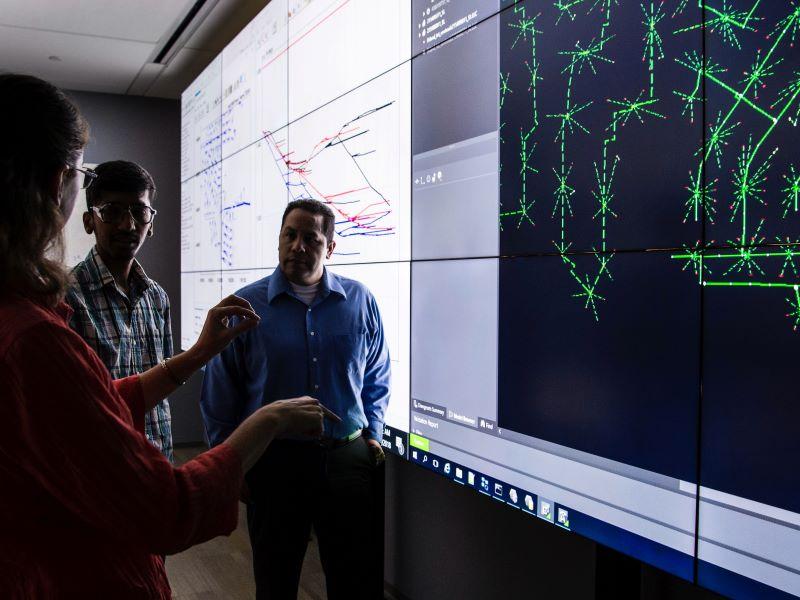To meet the changing needs of modern workplaces, universities should look beyond teaching conventional problem-solving methods. With clever use of technology, institutions can encourage students to engage more creatively with solving real-world problems.
By 2025, the World Economic Forum (WEF) predicts that creative thinking and problem-solving will be among the top skills required within the workplace.
The question then, for higher education institutions, is: how can we best contribute to ensuring our graduates meet these employer needs?
Classroom problem-solving v real-world problem-solving
There are, of course, plenty of classical ways to address problem-solving. Brainstorming, trial and error, the five whys, and Ishikawa’s fishbone diagram all still definitely have a place in business problem-solving today. However, the dynamic demands of modern workplaces, rapid societal and environmental changes, and constant technological advancement ultimately require more innovative ways to address issues.
To address modern problem-solving, universities should look at new programme development and consider how they can include employers in this process. This way employers can advise on subject content in addition to the more covert transferable skills that they’ll expect from students upon graduation.
As the WEF reports, transferable skills such as problem-solving are essential today and will continue to be so in the future, and as businesses invest more in digital technologies this provides opportunities to be more creative when solving problems.
Universities now have a responsibility to prepare their students for this “creative” approach to dealing with work-related issues. We welcomed extensive input from employers on the design and development of our new suite of business management programmes.
It has been a joy to work with employers to ensure problem-solving, critical thinking and technological innovation are firmly embedded into curricula. Employers can help lay frameworks, then it is the responsibility of universities to upskill students and provide them with the tools to develop and respond positively to issues and decision-making.
Institutions should look to democratise education and encourage students to become partners in the process. Students are themselves a great resource who can provide input into innovations and enhancements to their learning.
A virtual solution
An example of how universities can harness technology to foster creative problem-solving is in using virtual simulations.
With virtual simulations, students are provided a “real-world” problem – in a business course context this could be to improve sales, increase productivity, reduce costs and so on. Students then enter the virtual simulations either individually or in groups and work through the scenario, developing their ideas, to find solutions to the problem. Each simulation leads students either to success and making a profit or to losses and reflecting on the decisions made.
This is a safe environment where students can experiment, take risks and make decisions. They can gain experience about what factors must be considered, about unintended consequences and about the potential outcomes of their decisions before applying them in real life. With guidance from lecturers and peers, students can use these simulations to learn new problem-solving techniques.
We’re now looking into the use of virtual reality and drones. Universities should look at new initiatives that provide opportunities for students to use technology to review opportunities and challenges posed to them in a work context. For example, when reviewing the future of tourism, students will be able to see “real” and “virtual” realities of sustainable tourism. They will then be able to make judgements based on observations and learnings to produce sustainable policies and plans.
Creative problem-solving as a collaborative training process
Returning to the original question posed (how higher education institutions can contribute to ensuring graduates meet employer needs), institutions need to work with employers and students to create environments where they can learn to solve problems and make decisions effectively, using a range of technologies that they may use in the workplace.
The classic approaches to problem-solving in the classroom still have their place, but with enhancements to upskill students in creative thinking, innovation and digital competencies it is crucial employers and students co-create and become partners with universities. This way, we keep curricula current and produce graduates who are ready to tackle workplace challenges and make effective decisions.
Alison Watson is head of the School of Leadership and Management at Arden University.




comment